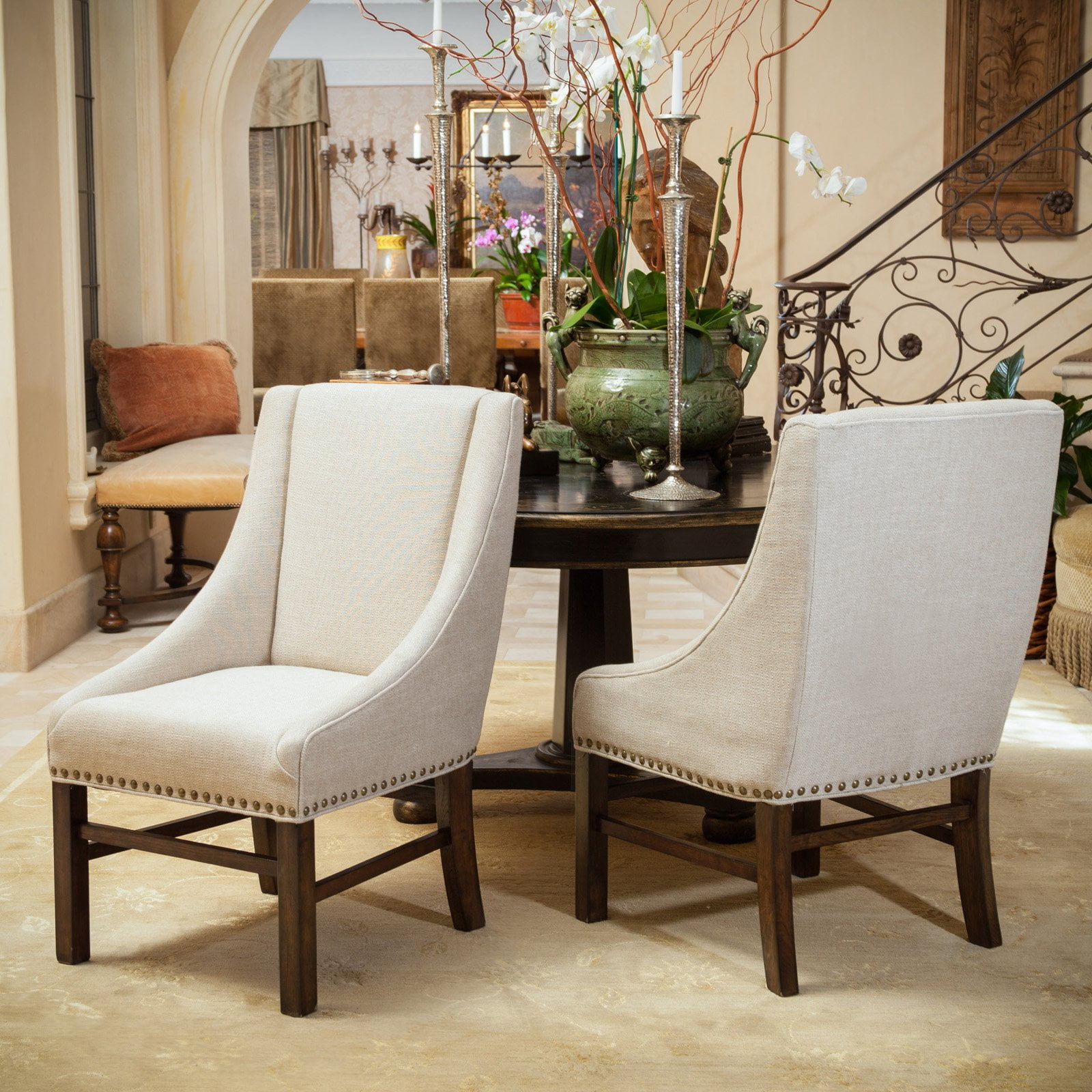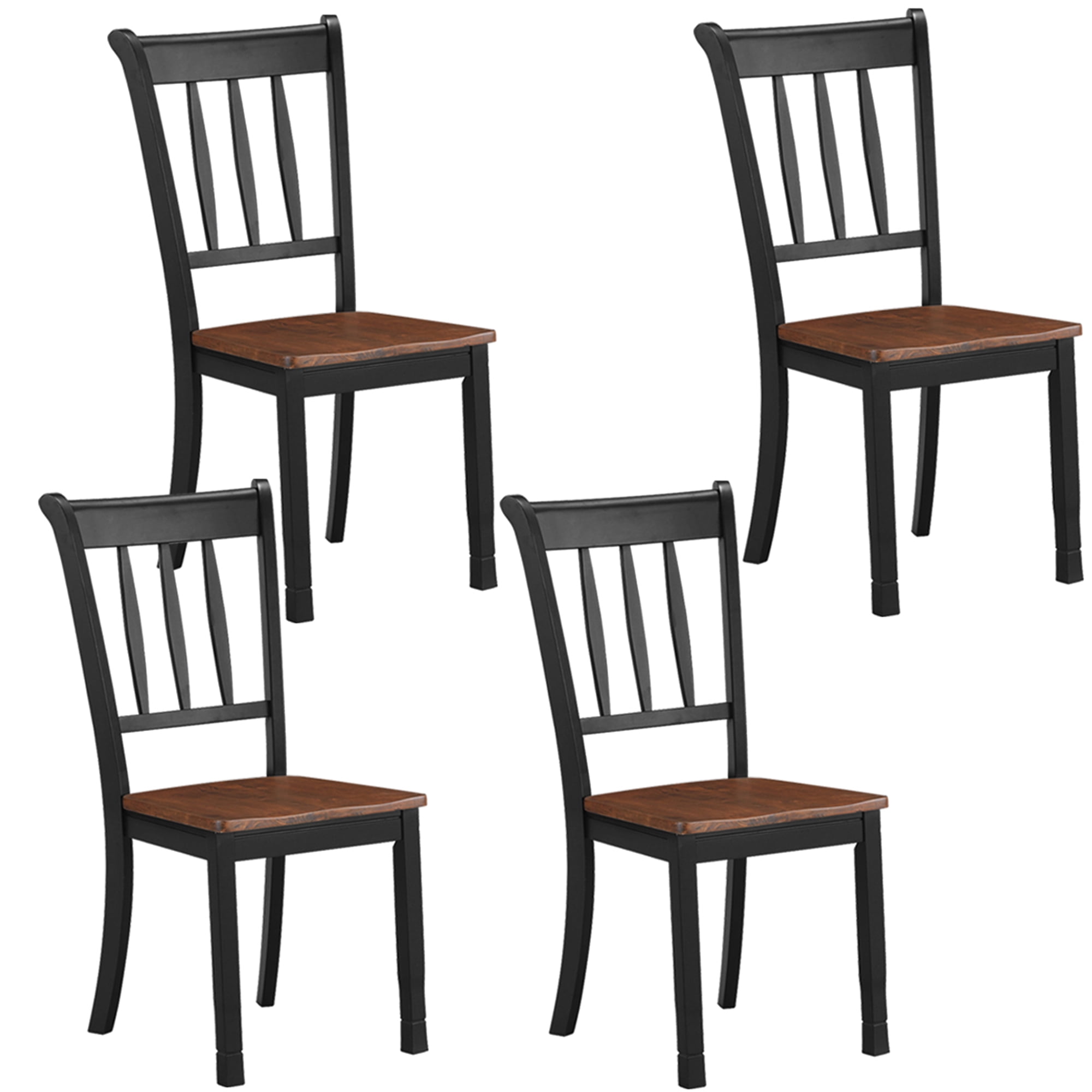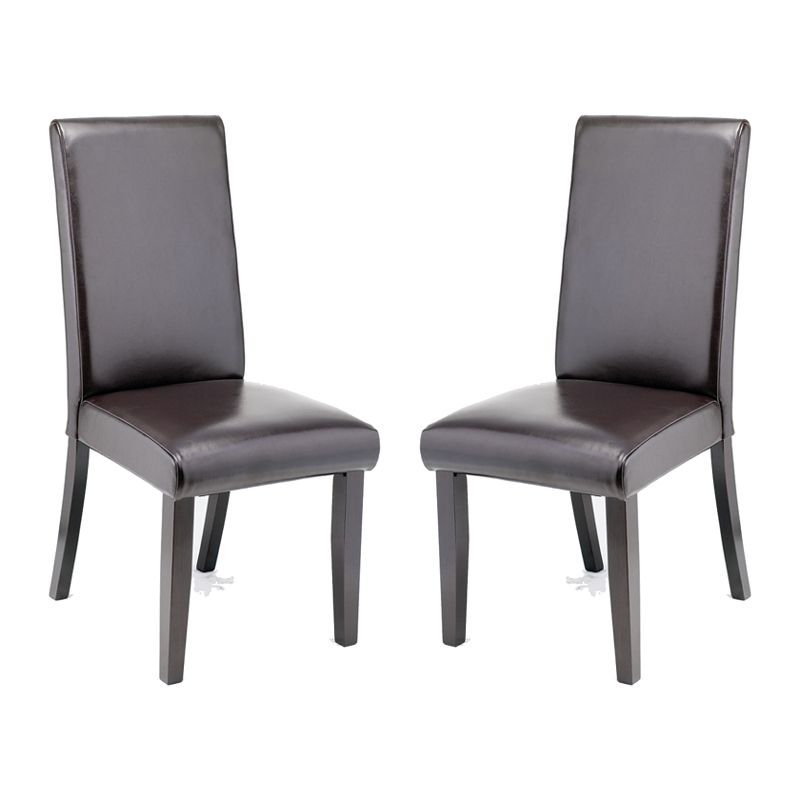The Straight Back Dining Chair

The straight back dining chair, a seemingly simple design, has a rich history and continues to hold a prominent place in interior design. Its evolution reflects changing styles and societal preferences, making it a timeless classic that transcends trends.
The Straight Back Dining Chair’s Historical Significance and Evolution
The straight back dining chair’s origins can be traced back to ancient times, with variations appearing in different cultures. In ancient Egypt, chairs with straight backs were used by royalty and nobility, signifying status and power. During the Renaissance, the straight back chair gained popularity, with intricate carvings and ornate designs reflecting the period’s artistic sensibilities. The 18th century saw the rise of the Chippendale chair, characterized by its elegant straight back and intricate details. The straight back chair continued to evolve throughout the 19th and 20th centuries, with designers like Thonet and Eames incorporating innovative materials and manufacturing techniques.
Types and Styles of Straight Back Dining Chairs

Straight back dining chairs, known for their simplicity and versatility, come in a variety of styles, each offering a unique blend of functionality and aesthetics. These styles cater to different design preferences and can enhance the overall ambience of a dining space.
Common Styles of Straight Back Dining Chairs
Straight back dining chairs are categorized by their distinct features, materials, and construction techniques. Understanding these styles allows you to choose the perfect chair for your dining room.
- Windsor Chair: This iconic style, originating in England, features a simple, curved back crafted from a single piece of wood, often with spindles for support. Windsor chairs are known for their comfort and durability, often constructed with a variety of wood types, including beech, oak, and maple.
- Chippendale Chair: This elegant style, named after the renowned 18th-century furniture maker Thomas Chippendale, showcases intricate carvings and elaborate designs. Chippendale chairs are often characterized by their distinctive cabriole legs, which are curved and end in ball-and-claw feet. They are typically made from mahogany or walnut and often feature upholstered seats and backs.
- Shaker Chair: This minimalist style, favored by the Shaker religious community, emphasizes simplicity and functionality. Shaker chairs are known for their clean lines, straight backs, and lack of ornamentation. They are typically made from sturdy hardwoods like maple or cherry and feature a simple, comfortable seat.
- Ladderback Chair: This style, named for its ladder-like back, features vertical slats or spindles that are connected by horizontal rungs. Ladderback chairs can be made from various materials, including wood, metal, and rattan. They are known for their rustic charm and are often found in farmhouse or country-style dining rooms.
- Parson’s Chair: This classic style, characterized by its simple, rectangular back and straight legs, is named after the parson’s chair used in churches. Parson’s chairs are typically made from wood and are often upholstered in leather or fabric. They are known for their versatility and can complement a wide range of dining room styles.
Comparison of Straight Back Dining Chair Styles
A comparison table highlights the key characteristics of various straight back dining chair styles, allowing for informed decision-making.
| Style | Materials | Construction | Aesthetic Appeal |
|---|---|---|---|
| Windsor Chair | Wood (beech, oak, maple) | Single piece of wood for back, spindles for support | Rustic, classic, comfortable |
| Chippendale Chair | Mahogany, walnut | Intricate carvings, cabriole legs, ball-and-claw feet | Elegant, ornate, traditional |
| Shaker Chair | Maple, cherry | Simple, straight lines, lack of ornamentation | Minimalist, functional, timeless |
| Ladderback Chair | Wood, metal, rattan | Vertical slats or spindles connected by horizontal rungs | Rustic, farmhouse, country-style |
| Parson’s Chair | Wood | Simple, rectangular back, straight legs | Classic, versatile, minimalist |
Choosing the Right Straight Back Dining Chair

Selecting the perfect straight back dining chair for your space requires careful consideration of various factors. You need to strike a balance between comfort, functionality, and aesthetic appeal to create a dining experience that is both enjoyable and visually pleasing. This guide will help you navigate the process of choosing the right straight back dining chair for your needs.
Factors to Consider, Straight back dining chair
The choice of a straight back dining chair is influenced by several key factors that should be carefully considered. These factors include the size and dimensions of the chair, its comfort level, and its functionality in the dining space.
- Size and Dimensions: The size of the chair should be proportionate to the dining table and the space available. Consider the overall dimensions, including the chair’s height, width, and depth, to ensure a comfortable fit for all users. A chair that is too large or too small can create an uncomfortable dining experience.
- Comfort: Comfort is a crucial aspect of any dining chair. Consider the chair’s back support, seat cushioning, and overall ergonomics. A straight back chair should provide adequate lumbar support and a comfortable seat that allows for relaxed dining.
- Functionality: The functionality of the chair depends on its intended use. For example, a chair designed for frequent use should be durable and easy to clean. Consider features like stacking capabilities, swivel options, or armrests based on your specific needs.
Materials and Finishes
The choice of materials and finishes for your straight back dining chairs can significantly impact their durability, aesthetics, and overall feel.
- Wood: Wood is a classic material for dining chairs, offering a wide range of styles and finishes. Popular choices include oak, walnut, cherry, and mahogany, each with its own unique grain patterns and color variations. Wooden chairs can be stained or painted to match your desired aesthetic.
- Metal: Metal dining chairs offer a modern and sleek look, often with a polished or brushed finish. Steel, aluminum, and iron are common materials used for metal chairs, offering varying levels of durability and weight.
- Upholstery: Upholstered dining chairs provide comfort and add a touch of elegance to the dining space. Choose from various fabrics, including leather, velvet, linen, and cotton, based on your desired level of formality and durability.
Integrating Straight Back Dining Chairs into Dining Room Settings
Straight back dining chairs can be seamlessly integrated into various dining room settings, creating a cohesive and stylish look.
- Modern Dining Room: For a modern dining room, opt for straight back chairs with clean lines, minimalist designs, and neutral colors. Consider metal chairs with a sleek finish or wooden chairs with a contemporary design.
- Traditional Dining Room: Traditional dining rooms call for chairs with ornate details, carvings, and classic upholstery. Wooden chairs with a distressed finish or upholstered chairs with intricate patterns are ideal choices for this setting.
- Eclectic Dining Room: Eclectic dining rooms embrace a mix of styles and textures. Consider pairing straight back chairs with different materials and finishes, creating a unique and visually interesting ensemble. For example, you could mix wooden chairs with upholstered chairs or metal chairs with wood accents.
